给下面的词语选择对应的图片 Match the pictures with the words/phrases.


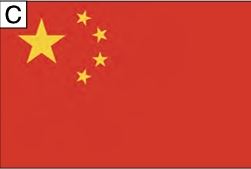



Nǐ jiào shénme míngzi?
A: 你叫什么名字?
Wǒ jiào Lǐ Yuè.
B: 我叫李月。
English Version
A: What’s your name?
B: My name is Lǐ Yuè.

New Words
- 1. 叫 v. to call, to be called
- 2. 什么 pron. what
- 3. 名字 n. name
- 4. 我 pron. I, me
Proper Noun
- 1. 李月 Lǐ Yuè, name of a person
在教室 In the classroom
03-2
A: 你是老师吗?
B: 我不是老师,我是学生。
English Version
A: Are you a teacher?
B: No, I’m not. I’m a student.
New Words
- 5.是 v. to be
- 6.老师 n. teacher
- 7.吗 part. used at the end of a question
- 8.学生 n. student
在学校 In the school
03-3A: 你是中国人吗?
B: 我不是中国人,我是美国人。

English Version
A: Are you Chinese?
B: No, I’m not. I’m American.
New Word
- 9.人 n. human, person
Proper Nouns
- 2.中国 China
- 3.美国 the United States of America
疑问代词 “什么”
The Interrogative Pronoun “什么”疑问代词“什么”表示疑问,用在疑问句中可直接做宾语,或者与后接名词性成分一起做宾语。例如:
The interrogative pronoun “什么” is used in interrogative sentences, serving as the object by itself or together with a nominal element following it. For example:
- (1) 你叫什么名字?
- (2) 这是什么?
- (3) 这是什么书?
“是”字句
The “是” Sentence“是”字句是由“是”构成的判断句,用于表达人或事物等于什么或者属于什么。其否定形式是在“是”前加上否定副词“不”。例如:
A “是” sentence is a determinative sentence with “是”, indicating what somebody or something equals or belongs to. The negative sentence is formed by adding the negative adverb “不” before “是”. For example:
| Subject | Predicate | |
|---|---|---|
| (不) 是 | Noun/Noun Phrase | |
| 李月 | 是 | 老师。 |
| 我 | 是 | 美国人。 |
| 我 | 不是 | 老师。 |
用“吗”的疑问句
Interrogative Sentences with “吗”疑问助词“吗”表示疑问语气,用在陈述句句尾构成疑问句。例如:
The particle “吗” indicates an interrogative mood. When “吗” is added at the end of a declarative sentence, the declarative sentence turns into a question. For example:
| Subject | Verb | Noun/Noun Phrase | 吗? |
|---|---|---|---|
| 你 | 是 | 美国人 | 吗? |
| 你 | 是 | 中国人 | 吗? |
| 你 | 是 | 老师 | 吗? |
练习 Exercises
- 你叫什么名字?
- 你是中国人吗?
- 你是美国人吗?
- 你是老师吗?
- 你是学生吗?

他叫 乔丹 (Michael Jordan),他是人。

他叫 姚明 (Yao Ming),他是人。

我不是,我是学生,
我是人。

我是,我不是学生,我是人。

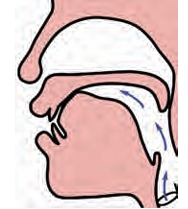

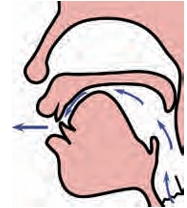
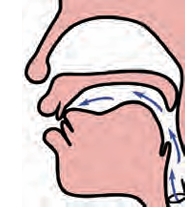
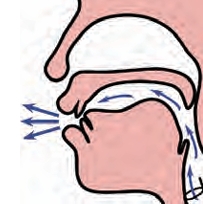
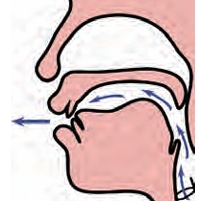









Comments